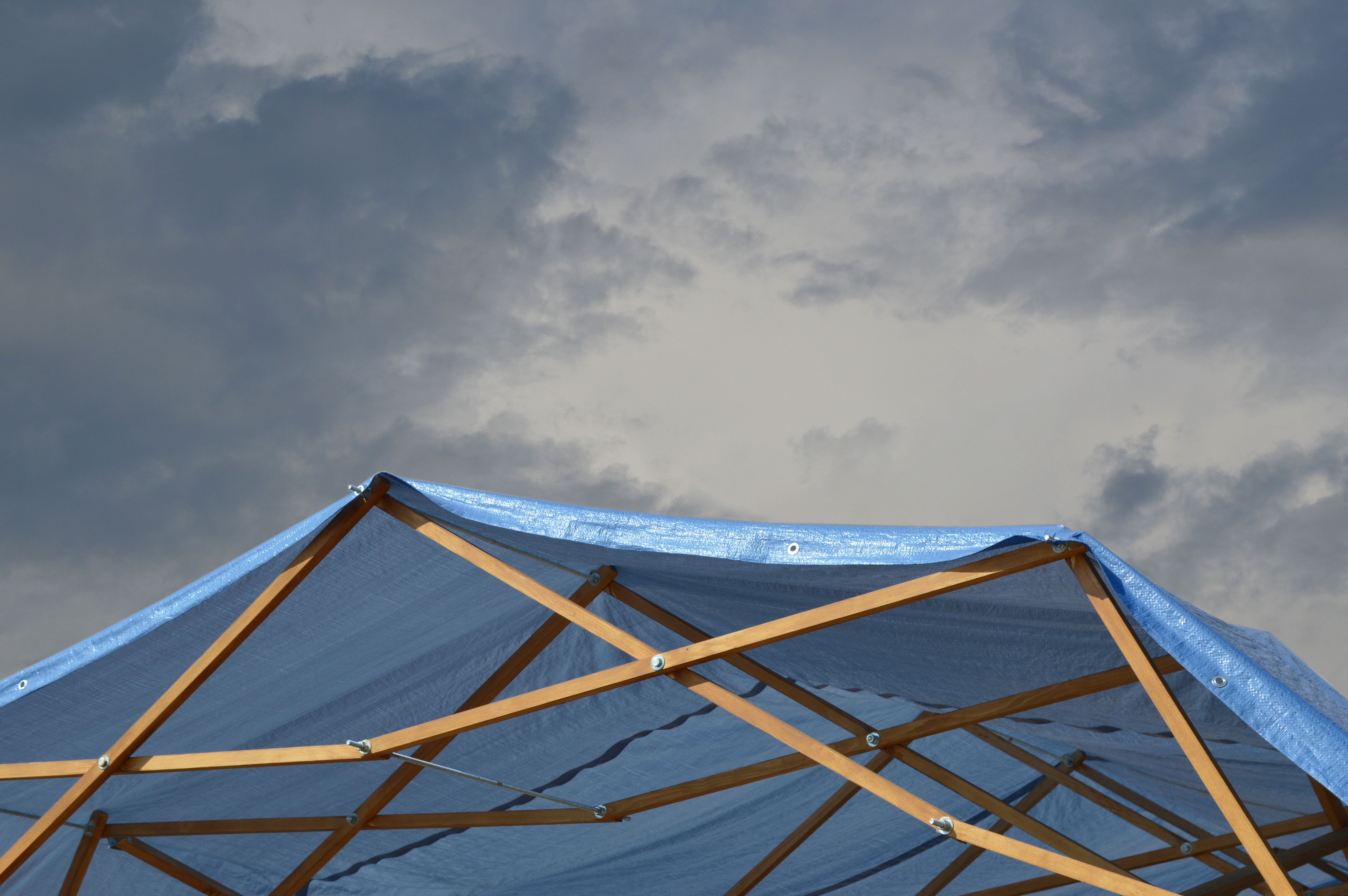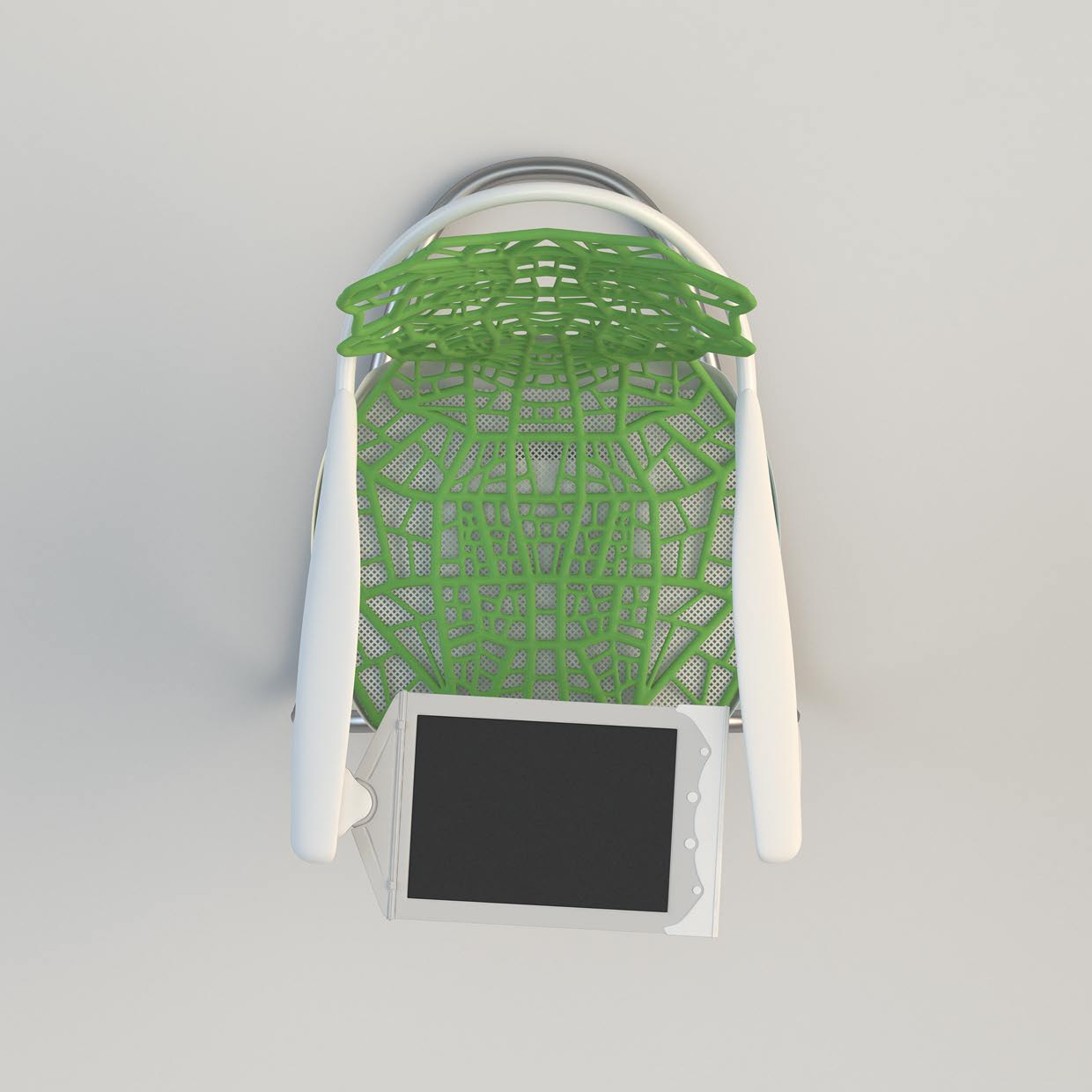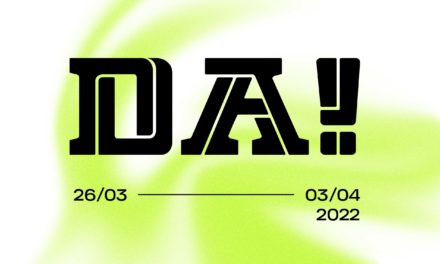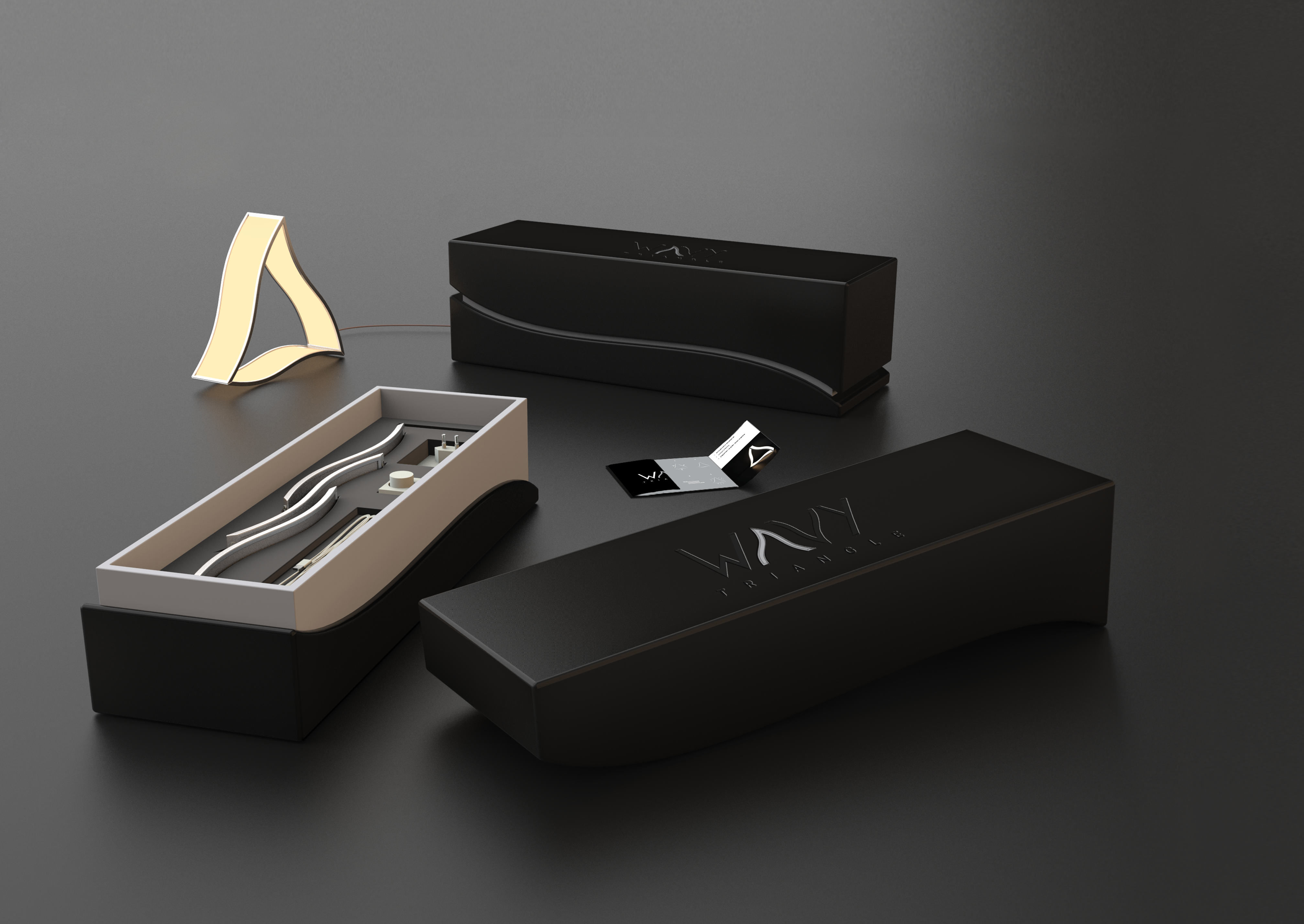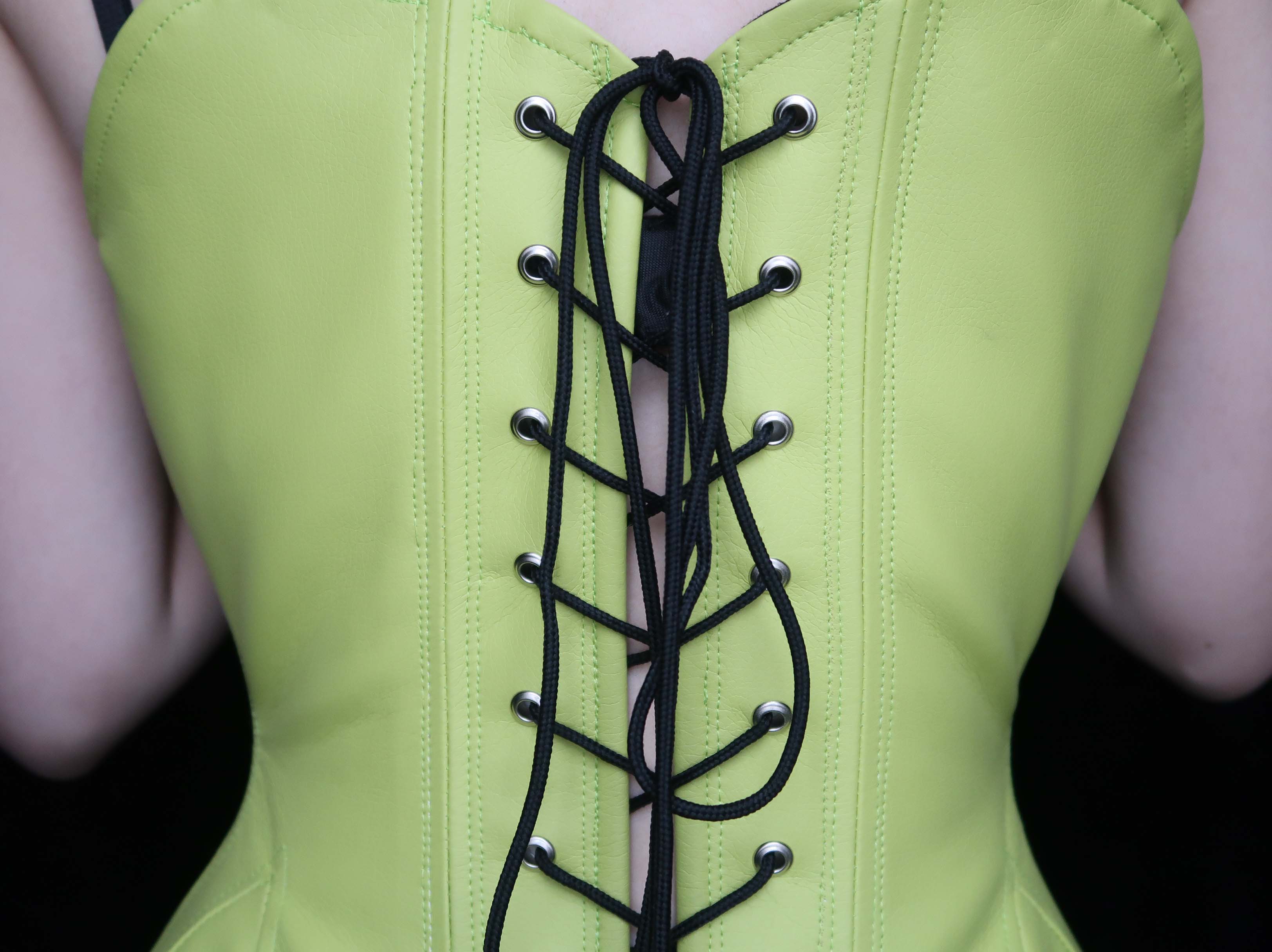After changing several locations, nomads find a place they call home. They don’t stay there for long, but they don’t usually go far from their previous habitation. They form a society of people with similar interests and due of their exposure to a large number of different cultures, they evolve into a new and more advanced kind with broader horizons. To be able to communicate and live among them, it is crucial to implement their lifestyle into one’s own. One way to do this is by producing a special nomadic habitat with easy-to-use materials to create a useful space. Due to the uncertainty of their lives, their dwellings and tools have to be imaginative and easy to set up or dismantle. As nomadic life circumstances change, by constant moving they create a path which characterizes them and leaves a strong mark for the future. After a certain amount of time it is possible to see the way a nomad moved, but he could never be found.
Nomads possess very little property and all of these assets are mainly a result of the things and goods they have acquired on their life journey. For that reason, we relate the Nomads with the RE theme. The goal is to use more material that lost its purpose and is ready to be reused for new purposes and try to create a typical nomadic habitat out of these materials. Lightweight, simple structures are made from recycled materials and are very promptly ready for use, anywhere and anytime. In that kind of a lifestyle, time plays a great role. As nomadic life is fast, dynamic and unpredictable, our products must also be built in such spirit. Quick thoughts, diverse ideas, a vivid imagination and capable nomadic hands are the qualities of all participants in this workshop.
The story of Nomads begins by testing the joints pieced together by melted plastic from plastic bottles and plastic threads, while simultaneously producing the first folding joints that will play a major role in the construction of the mobile pavilion later on. Following is the conceiving of the first designs of simple chairs joined by plastic joints and the construction of a prototype of the folding pavilion. On EASA, participants are given the opportunity to devise their own designs on a particular theme using RE materials that are available to them. The aim of the workshop is to educate the participants in a different way of thinking, techniques and the alternative use of resources. From a wide range of recyclable waste, participants mostly use plastic, cardboard, rope, wooden scrap and thus try to revive the hidden nomads that each of them carries within.
The nomads mark their territory, leaving behind an indelible mark on the place and the people who were a part of their life path. Therefore, in our case we leave a so-called Nomadic living room – a pavilion and a few special pieces of furniture that will embellish the spaces of Exportdrvo and may have the opportunity to promote itself on various events in the city of Rijeka in the future. If our legacy fails to leave the spaces on the river delta, we invite all visitors to visit the home of nomads, rest in one of our resurrected chairs and try to invoke our spirit that will be miles away, occupying a new habitat, building new mobile structures and gloomily remembering that Rijeka summer of 2018.
You can find a complete presentation of the workshop here.
[Best_Wordpress_Gallery id=”136″ gal_title=”nomads”]
Tutors: Ivan Vratnica, Mia Džambas and Eva Kodžoman
Participants: Anneleen Brandt, Beatrice Porfirio, Ege İşçimen, Emilie Danylewick, Evghenii Dedcov, Giorgos Kyriazis, Iulia Moscalet, Janina Hedström, Josipa Bašnec, Lorena Morales Martín, Nataša Lizdek, Natalia Sofia Rello Rosa, Nathalie Wathne, Paulina Sawczuk, Rita Vasconcellos, Tanya Peneva, Tasos Antonopoulos, Urnukh Darizav
Text: Eva Kodžoman
Photos: Igor Vukičević (cover), Mia Džambas (gallery)

